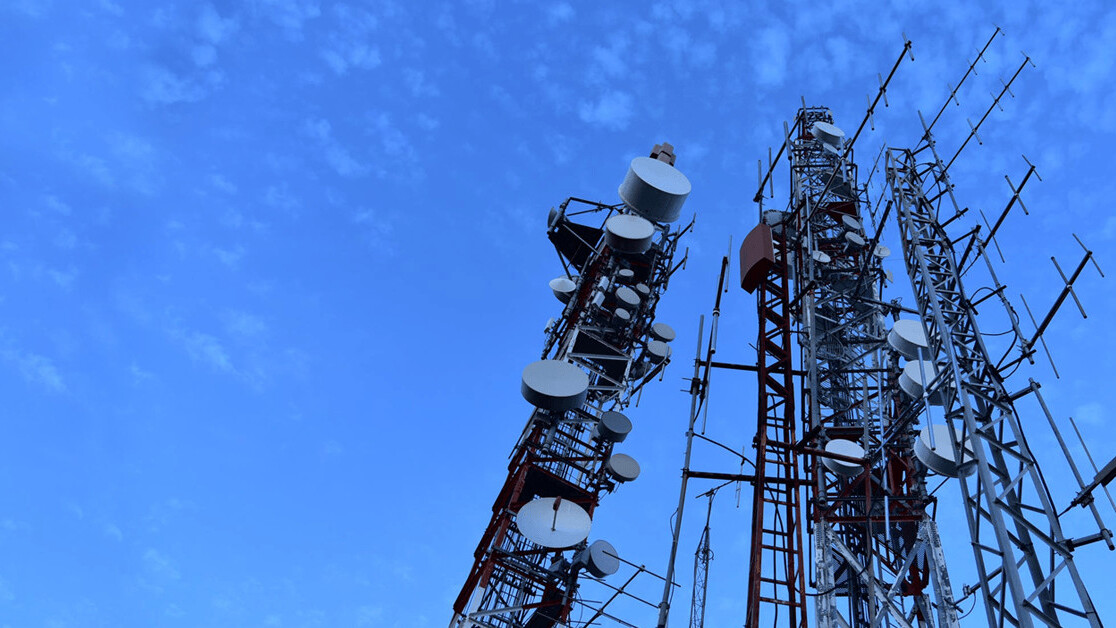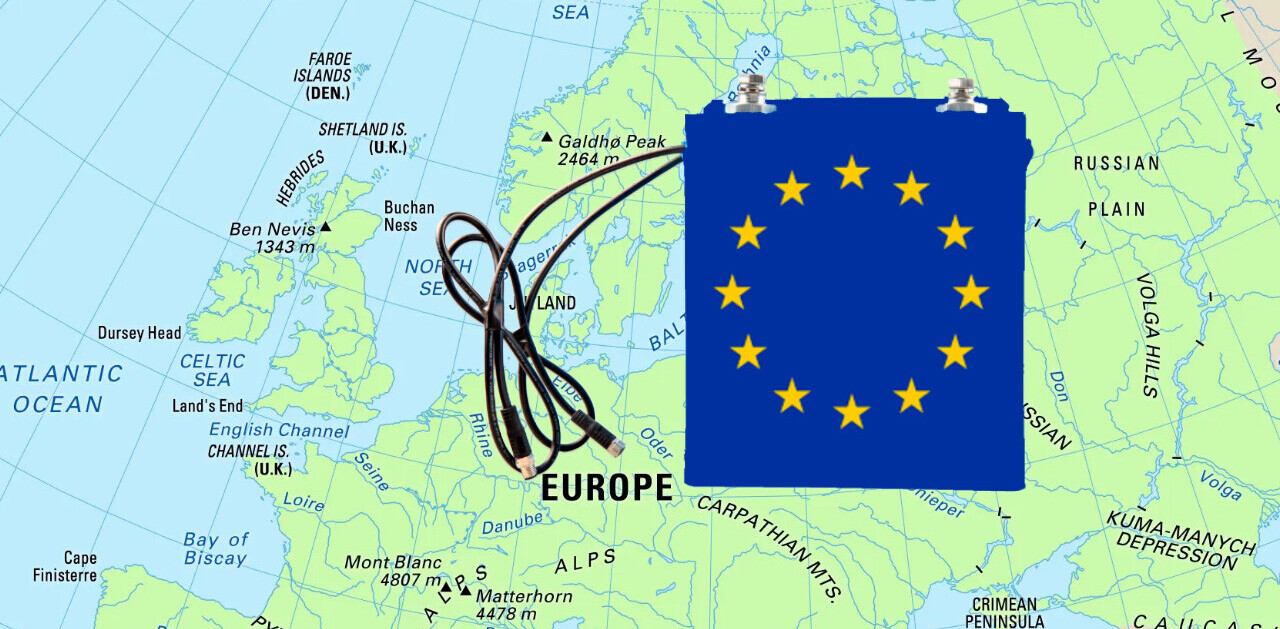
We are now in the early stages of another pivotal moment in technological evolution and paradigm shift. With artificial intelligence, the Internet of Things (IoT), and augmented reality transitioning from buzz words to the backbone of developed economies, wireless connectivity enabled by 5G , a new standard for wireless telecommunications, will be the catalyst for unlocking the new technologies’ full potential and is expected to have a major impact on every industry, from media and entertainment to transportation to telemedicine. In fact, 5G technology introduction marks the beginning of a new era in connectivity that will impact almost every element of our daily lives.
What makes 5G so great? Initially, three characteristics: high speeds, low latency, and more “lanes” in the network to organize and allocate bandwidth. 5G is not simply an extension of 4G, nor is it merely a faster wireless capability.
As providers of this technology, network operators can acquire plenty of new revenue if they recognize business opportunities and develop practical use cases. How can they capitalize on these opportunities? 5G can help telecommunications companies develop critical new revenue streams while helping drive the digitization of nearly every industry.
Mobile broadband: the next generation
The arrival of 5G is one of the most anticipated mobile technology platforms. 5G, in fact, is expected to be the connective tissue that blends emerging uses of mobile technology, such as IoT, autonomous vehicles, and mobile media. Most importantly, 5G will allow telecom operators to offer massively higher speeds, higher capacity to carry more traffic hence lower costs per megabyte, and an ability to “slice” traffic so that differentiated connectivity can be offered to customers in the same coverage area.
The need for speed… and low latency
Why do we need faster mobile data speeds? One big reason is video. A 5G network can allow a subscriber to download an HD movie in 5 to 10 seconds, compared with 10 minutes for 4G. In fact, 5G technology could deliver speeds of up to 10 gigabits per second.
5G promises unparalleled speed and capacity along with low latency and fiber-like performance on-the-go.
Latency on the other hand, is the amount of time it takes a data packet to get from one point to another on a data network. Low latency is one of the big gains on offer from 5G. Why? Low latency can be critical for enabling IoT (in industrial automation, smart city applications, autonomous cars and remote surgery) and a secret weapon when it comes to empowering next generation virtual reality (VR), and gaming.
The race to the market
The fifth generation of wireless, as 5G is otherwise known, is succeeding 4G, 3G and 2G systems and 2019 is flagged as the year when it takes off. But who is going to offer super-fast 5G first? This is not just a race between telcos. This is a World Cup style race between nations, and the question is, where will 5G be launched first. Most recent studies show that China, South Korea, the U.S., Japan, Germany, the U.K., France, Canada, Russia and Singapore are the top ten countries in the 5G list.
For individual telcos, viable economics and scale are of great importance in 5G deployment, which will likely demand the absorption of billions in incremental labour and equipment costs. 5G will require major investment over the next several years, as well as investment in areas such as IoT and cross-industry partnerships. With 4G being able to handle most consumer demands (such as streaming, gaming, browsing etc.) comfortably with reasonable speed, the need for 5G is not as clear as the need for 4G was.
5G’s main benefit is providing increased capacity, not speed and latency, making it more of a technical development.
But being first to 5G matters, especially when competing on a global scale. Therefore, in order to overcome the monetization challenges, telcos have to move away from just providing faster network speeds to consumers, and towards enabling a whole host of new technologies on mobile networks. To achieve this, an increasing number of telecoms operators are functioning like software companies. Hopefully, this will open up new revenue streams for operators as they go beyond being connectivity and infrastructure providers to become service enablers and service creators.
Telecom operators urgently need to get smart about how they will break into adjacent opportunities beyond basic connectivity.
Reinventing the telco
The telecommunication industry is going through a transformational phase of development — to acclimatize itself per the new technological and cloud trends. Service providers are facing a saturated market and declining margins due to the commoditizing of connectivity services. Under the current business model, telcos’ rising capital intensity is destined to go hand in hand with falling capital returns. Globally telecom players are experiencing flat revenue growth and with increasing competition, a threat of further commoditization in their mobile and fixed businesses. Profitability is stagnant and as a result, returns are dropping.
5G rollout will give the opportunity to telecom operators to become the best enablers for industry applications and trustworthy business partners for industry customers; supporting them through continuous technical innovation and industry cooperation. But in order to leverage the power of 5G technologies, operators need to rethink their role and what value to deliver, and what business models to use.
Monetizing 5G
Key opportunities for 5G monetization for telcos are focused around IoT and more specifically, the “smart family”: smart cities, smart homes / energy and smart / autonomous vehicles. Infrastructure systems, city equipment and applications such as CCTV, traffic lights, bike racks, car parks, water and energy meters will all be connected through digital technologies. Since telcos already have the infrastructure in place and the knowledge in monitoring and managing the performance of the complex networks, this gives them a competitive advantage in putting network performance at the heart of a new generation of digital services.
Furthermore, the ability of telcos to manage multiple vendor relationships will give them the opportunity to offer Smart-City-as-a-service options to city municipalities. By integrating their services with social platforms and cloud storage, telcos can usher in the next wave of telecom revolution.
5G enables the connection and interaction of billions of devices of almost any kind and collection of data from those devices. In fact, 5G connectivity promises to lead consumers, industries, and governments to new frontiers of productivity and innovation. The advantages of 5G will enable operators to offer new types of services to customers, such as home automation and enterprise productivity solutions using IoT technology, and always-on media and content on any screen. This will allow telcos to serve, not only the world’s 7 billion people but also to connect billions more devices to each other.
So, almost everyone agrees that 5G has the potential to generate new products and services. But how much of this value that will be captured by telcos is uncertain. While 5G offers many revenue opportunities for wireless service providers, it also contains inherent threats to their current business model.
This article was originally published by Monica Ioannidou Polemitis on Medium.
TNW Conference 2019 is coming! Check out our glorious new location, inspiring line-up of speakers and activities, and how to be a part of this annual tech bonanza by clicking here.
Get the TNW newsletter
Get the most important tech news in your inbox each week.





